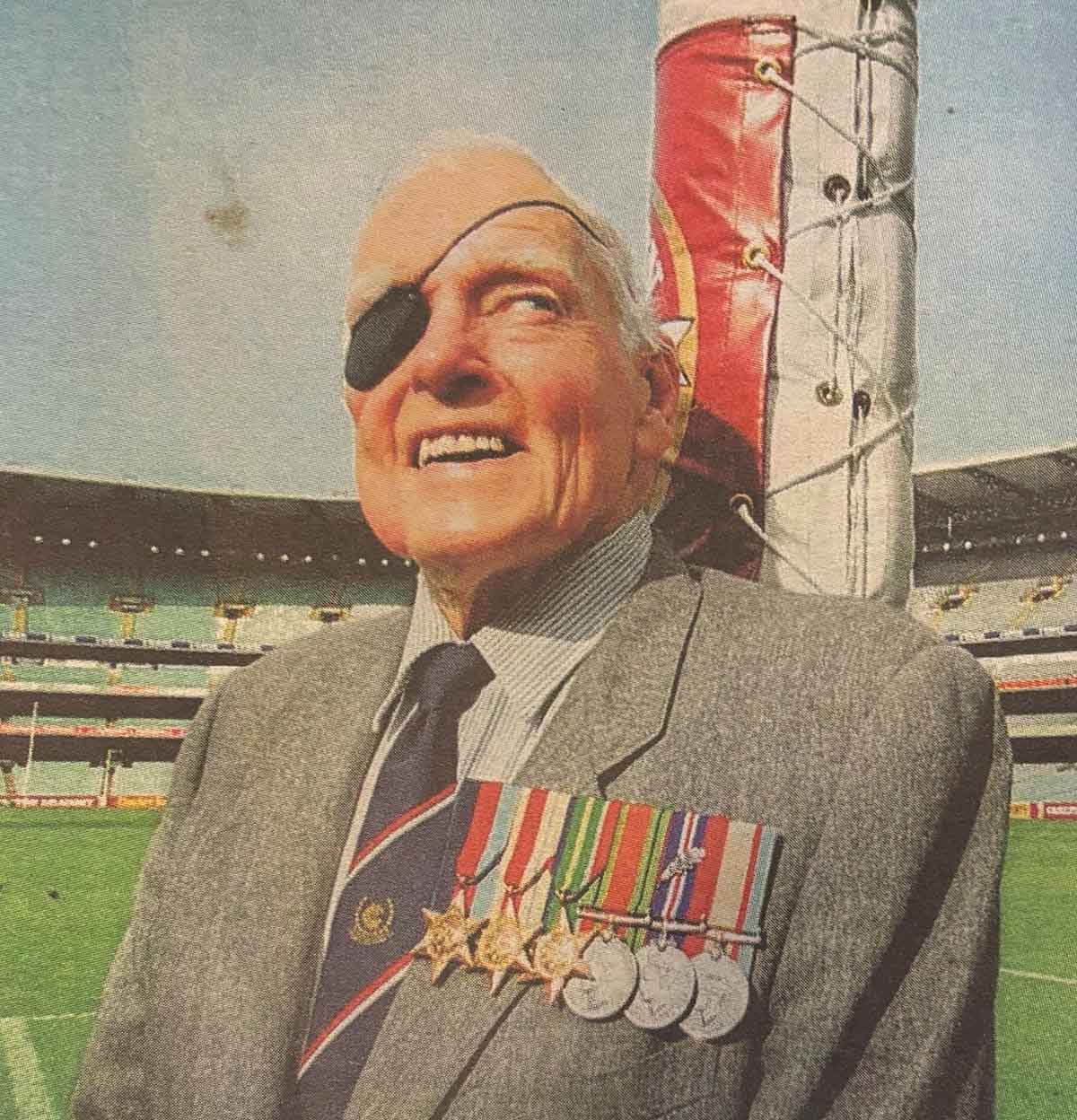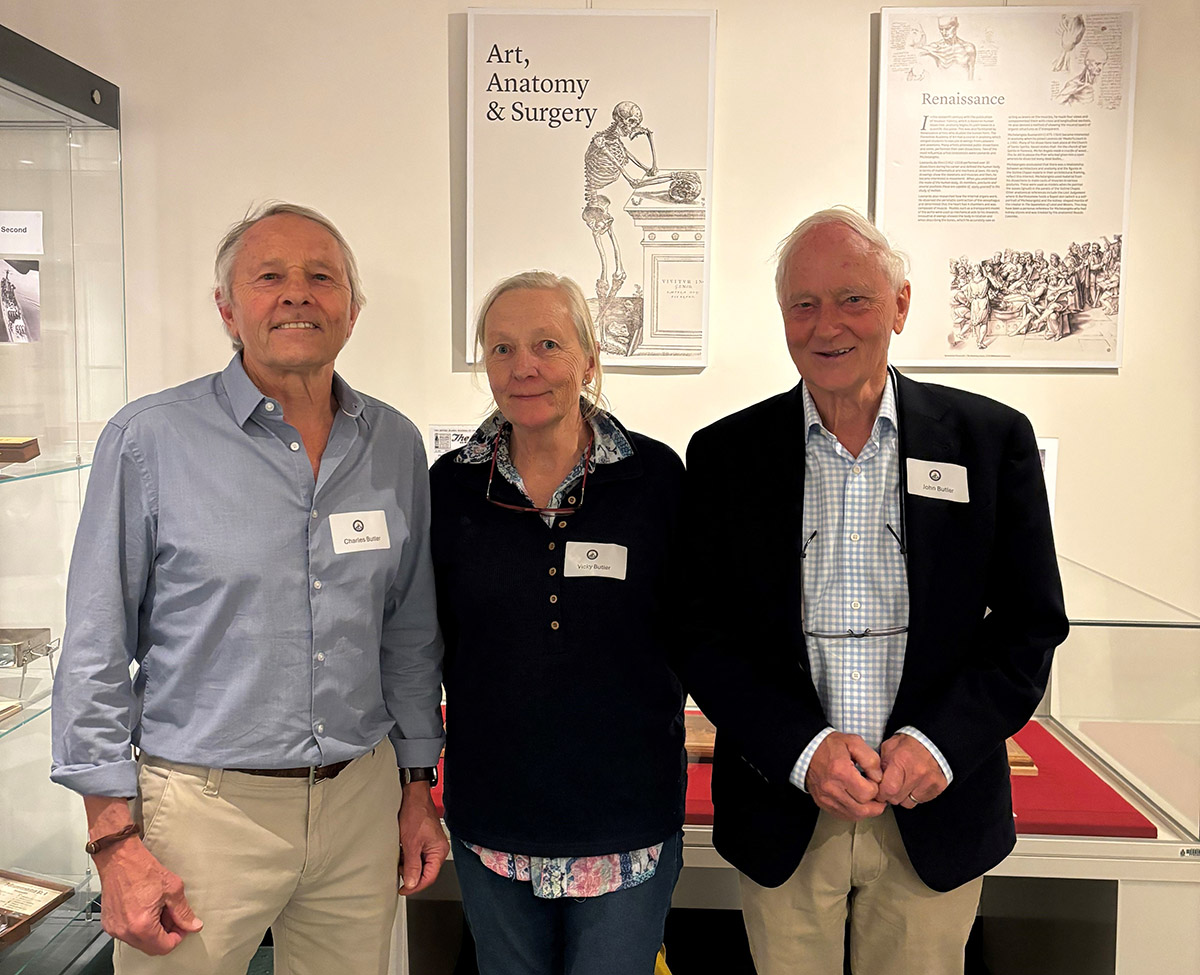On 22 October, the Sapere Aude Bequest Society (SABS) hosted a visit to the Royal Australasian College of Surgeons (RACS).
This event was part of the rich program of activities presented by SABS that is designed to connect members of the wider community of Wesley College, introduce the work of SABS and encourage others to support the Wesley College Foundation by way of leaving a bequest. One of the key objects of the Foundation is to grow the Scholarship Fund, thus creating opportunities for more students to experience a Wesley education than may otherwise have the opportunity.
Our visit started with coffee rather appropriately at Sir Osborn Café on the ground floor of ICI House (now known as Orica House), which was completed in 1958 by architectural firm Bates, Smart and McCutcheon. It was the first building allowed to exceed the height limits set in Melbourne in the early 1900s, and the first office building to be added to the Australian National Heritage List. The café was named Sir Osborn after the key project’s architect, Sir Walter Paul Osborn McCutcheon (OW1912).
At the RACS, we enjoyed a fabulous tour of the landmark building and viewed their superb collection of art and artifacts. We were hosted by the engaging curatorial team who reminded everyone that the heritage of great institutions should never be taken for granted, while highlighting the legacy of so many past surgeons. There was a beautiful portrait of Weary Dunlop which reminded everyone of his extraordinary contributions in WWII and post war history. Our group was enthralled.
 One of the highlights of our visit related to Charles Butler (OW1926). Charles’ children Charles (OW1969), John (OW1967) and Vicky, along with their partners, attended the tour and shared his remarkable story. Charles was severely injured by machine gun fire at Gona, Papua New Guinea, in WWII and sustained wounds to his eye, mouth and shoulder. It took nearly ten days for him to be stretchered to Port Moresby where he was treated in an American evacuation hospital and then at the East Grinstead Hospital in Britain from mid-1943 to 1945. During this time, the Australian command assumed he was missing in action.
One of the highlights of our visit related to Charles Butler (OW1926). Charles’ children Charles (OW1969), John (OW1967) and Vicky, along with their partners, attended the tour and shared his remarkable story. Charles was severely injured by machine gun fire at Gona, Papua New Guinea, in WWII and sustained wounds to his eye, mouth and shoulder. It took nearly ten days for him to be stretchered to Port Moresby where he was treated in an American evacuation hospital and then at the East Grinstead Hospital in Britain from mid-1943 to 1945. During this time, the Australian command assumed he was missing in action.
Charles returned to Melbourne in 1946 and spent 12 months at the Heidelberg Repatriation Hospital and had approximately 80 operations in the UK and Australia. The Butler family had a rich collection of documents and images to show the RACS archival staff and likewise, they had an amazing collection to share with them that included his surgical photos and facial plaster casts. Charles was one of earliest pioneering patients to have plastic surgery and as the photos revealed, given the nature of his wounds, the surgery proved very successful.
Charles discovered that he was incorrectly listed on the Melbourne Cricket Club honour roll commemorating members who died during World War II. For years, he took delight in taking visitors to the MCG to point out his name and he often jokingly referred to himself as a one-eyed Melbourne supporter!
Our visit was one of the best ever. It was oversubscribed and brought together many members of the Wesley community. If you would like to learn more about SABS and its activities and events, please contact Prue Lowther on +61 3 8102 6213 or email prue.lowther@wesleycollege.edu.au

